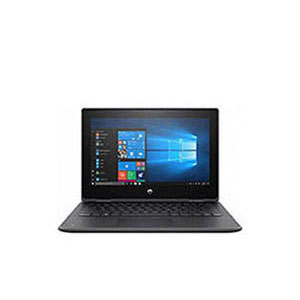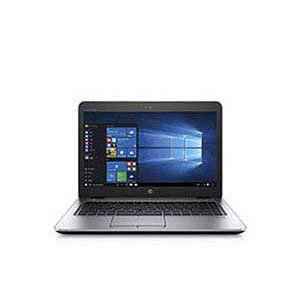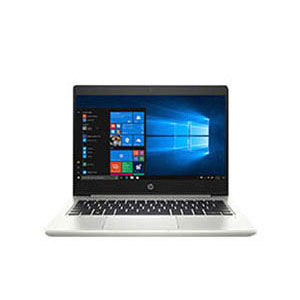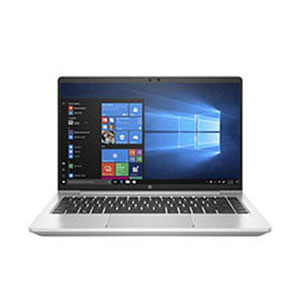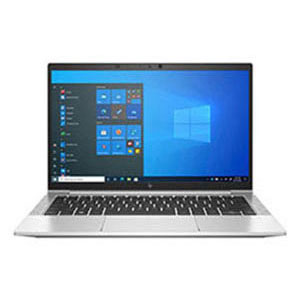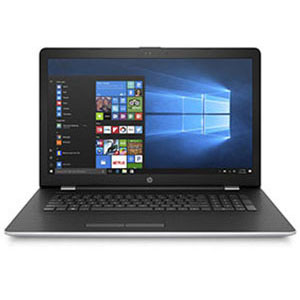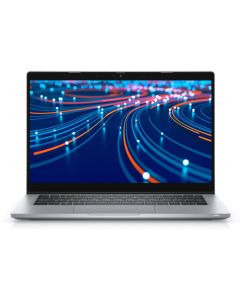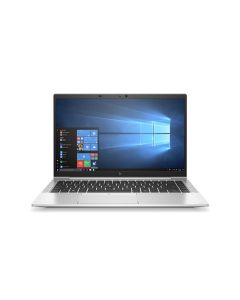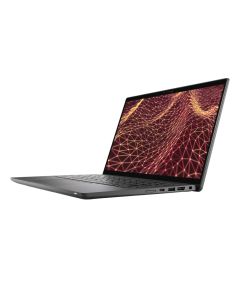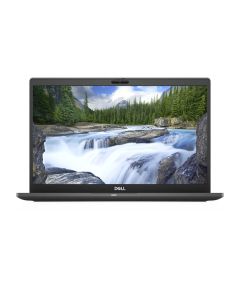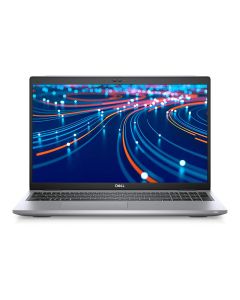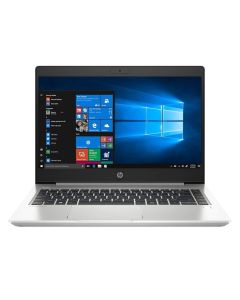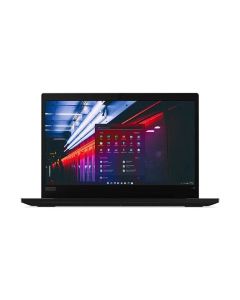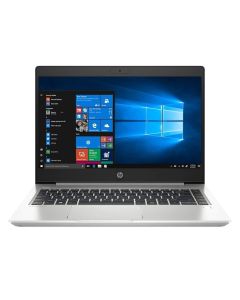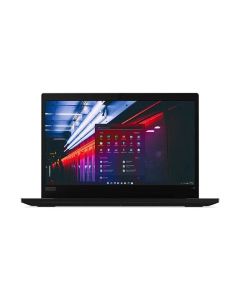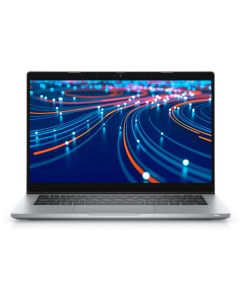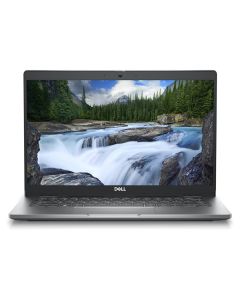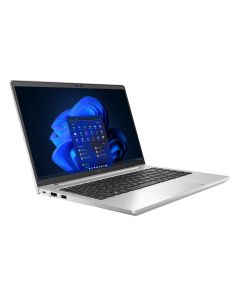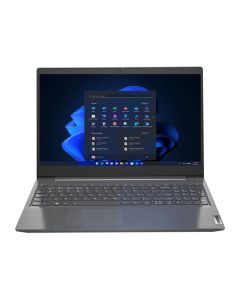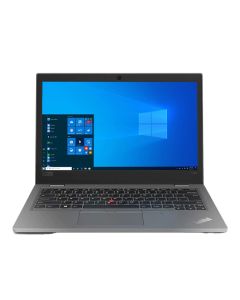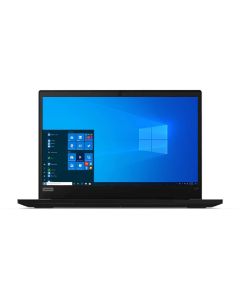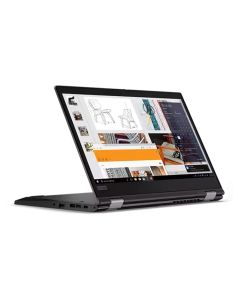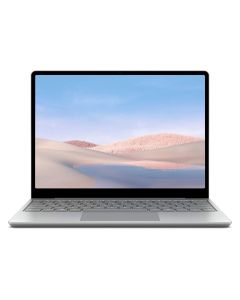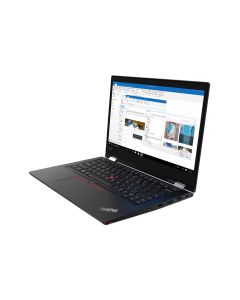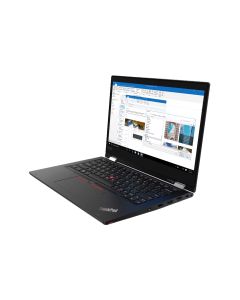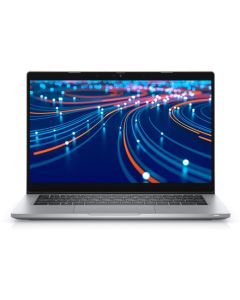Laptop Screen Size Guide
Whatever you use your laptop for, screen size matters. Whether you use your device on the move or like to stream your favourite movies, the amount of screen space you have makes a difference to your user experience. In this guide, we discuss how to measure a laptop screen size and the average laptop screen sizes across devices. We’ll also debate the pros and cons of bigger vs smaller screen sizes to help you find the perfect device to match your lifestyle.
How to Measure Laptop Screen Size
What is your laptop screen size? When you’re thinking of upgrading, you’ll need to know the size of your current laptop to decide if you need a bigger or smaller screen.
When you are comparing laptop screen sizes, the display is typically given in inches but this does not indicate the width from left to right.
It is important to bear in mind that almost all display sizes are measured diagonally. To confirm the screen size, you need to measure from the bottom left corner to the top right corner.
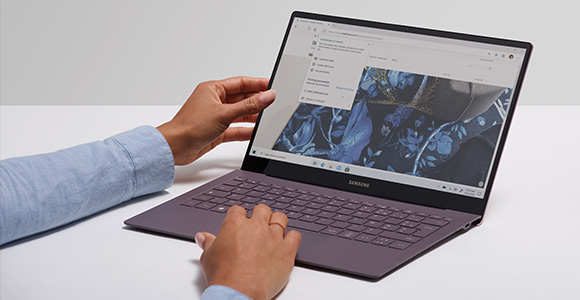

Is there a standard laptop screen size?
There is no universal standard for laptop screen sizes. Laptops come in a wide variety of sizes and configurations, from compact notebooks to large gaming laptops.
Most brands will make laptops to certain sizes specifications. We’ve found that the average laptop screen size sits at around 14”. Mini laptops can measure anywhere between 11” to 13.3”. In contrast, large laptops range from 14” to 17“ and beyond.
The most common sizes are:
What size laptop screen do I need?
The perfect laptop screen size will depend on your lifestyle and the purposes for using your device. Many people prefer a smaller laptop that can easily fit in their bag, whilst others may want a huge screen for streaming movies.
Here are the most important questions to ask yourself when selecting a laptop display size:
- Are you comfortable with the size of your current laptop?
- Do you need a portable device?
- How frequently do you use your laptop to play games or stream content?
- How big is your workspace when using your device?
From here, consider which factors are the most important to you and prioritise your needs.
For example, if you need to use your laptop all day for work but also frequently travel, it may be better to opt for a larger laptop screen. Even though a compact laptop would be good for travel, using your laptop all day can cause heavy strain on your eyes, meaning a larger screen may be
Advantages of Small and Large Laptop Screens
To help you choose the perfect laptop screen size for you, discover the benefits of both small and large laptop screens.
Small Laptop Screens
At the smaller end of the spectrum are the 11.6” - 13.3” screens. These smaller screen sizes mean that you will have a more compact laptop, making them ultraportable.
Small laptop screens are therefore great for those always on the move, as these small class models are typically lighter and easier to store away. The perfect laptop for students, they easily slide into any bag and allow you to turn even the smallest of desks into a workspace.
If your laptop activities mostly involve browsing, streaming content, and note-taking, then a mini-laptop may be the best option for you. For those that need to do more than basic chores or use their laptop for daily work, you may want to consider a bigger screen size.
The downside of small laptops is that they often have lower battery life. Due to their smaller size, the battery of a small screen laptop can often run out pretty quickly. If you want a 12” laptop or smaller, be sure to purchase one that delivers at least eight hours of battery life.
Large Laptop Screens
Large screen laptops are anywhere between 14” to 15.6”. Some laptops may be even bigger, with most gaming laptops having upwards of 17” screens.
The biggest benefit of a large laptop screen is that it has a wider viewing angle. This makes a large laptop screen great for watching movies and playing games. Since the screen has more surface area, you can still have a comfortable view from further away.
A laptop screen bigger than 14” is also ideal for those that need to use their laptop for work. Offering an improvement to user experience, a larger display is great for split-screen and completing multiple tasks at once – especially when using the new Windows 11 features . In fact, some studies have shown that using a larger screen can help improve human productivity, meaning you’ll be motivated to work harder.
One small inconvenience of a larger laptop is often the weight. Larger laptops have historically tended to be heavier, which often made them feel bulky to carry around. That being said, many manufacturers are creating large laptops with thin builds that are less than 1 inch thick. This helps to reduce the weight and makes the laptop much more portable.
Latest Refurbished Laptops
- 14" ScreenGrade C - FairHP Probook 440 G7 - Intel Core i5-10210U - 16GB RAM - 240GB SSD - Grade CSpecial Price £190.00 Regular Price £220.00
- 13.3" ScreenGrade A - ExcellentLenovo ThinkPad L13 Yoga Gen 3 - Intel Core i5-1235U - 8GB RAM - 240GB SSD - Grade ASpecial Price £315.00 Regular Price £415.00
Final Thoughts
Still not sure which display screen size is right for you? Use our helpful online computer finder tool to pinpoint the best laptop for you.
Forget the technical jargon, we’ll ask you straightforward questions to find out the things that matter, such as what you use your computer for most often and the space you have available in your home. We’ll then find the most suitable laptops for you - simple!

